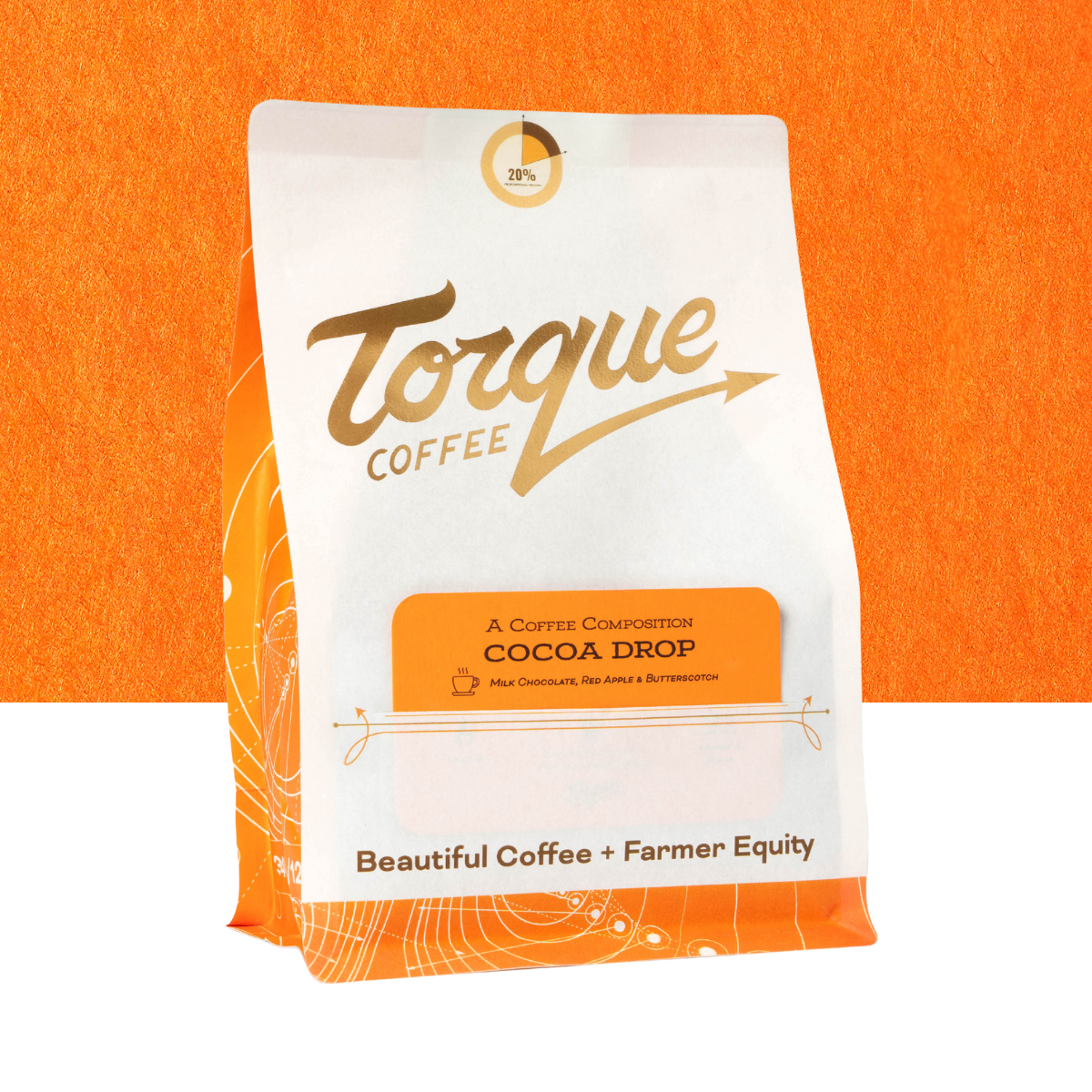
Reducing packaging waste involved with coffee subscription services
What packaging is commonly involved in subscriptions?
As subscription packages continue to flood into homes, so does the packaging that keeps the contents intact. Secondary packaging often includes padded mailers, shrink wrap, and air pillows.
A typical online order for coffee often includes a coffee bag, a label on the bag, marketing materials, a packing list or receipt, as well as a shipping box, packing tape and a shipping label. As a 2023 report reveals 81% of consumers demand sustainable packaging, roasters must package subscriptions in an environmentally friendly way.
A prime example is Torque Coffee, which has combined its retail coffee box and shipping box into one simple package to reduce materials by 50%. “We have always been obsessed with reducing waste, improving efficiency, and reducing our negative environmental impact,” explains Andy, who has worked across several facets of the specialty coffee industry.
“As I was packing orders one day, I counted up all the items that a typical shipment has to transport a single bag of coffee, and I thought there has to be a better way. So, I set out to reduce that by half.
“We designed our packaging from the ground up specifically for e-commerce and shipping to use 100% recycled paper products.” The brand uses no stickers or tape, investing only in compostable shipping labels that are easy to recycle or for consumers to compost at home.
The Torque Coffee box comprises a coffee box, an inner coffee bag, and a compostable shipping label. By stripping it down to the bare essentials, Torque Coffee offers a subscription box that is 100% plastic free, 100% plant-based, and 100% home-compostable.

How can reducing coffee packaging waste benefit the sector?
Product packaging has been a major contributor to pollution and global warming for many years. By extension, a company’s packaging choices can either reduce or expand its product’s carbon footprint.
Reducing the carbon footprint associated with coffee packaging can help lower the amount of greenhouse gas emissions in the industry. Beyond this, it helps to preserve brand identity and customer loyalty.
For Torque Coffee, the reduction in packaging allowed the brand to lower the cost of coffee shipments by $.25. “This means we were able to pay our farmers that extra $.25 a lb,” Andy explains. “Immediately after launching our coffee box, we were able to buy our first African coffees and pay the producers an extra $.75 a lb on top of what they were already paid for their coffee.”
For roasters, it’s important to ensure their packaging caters to the demands of consumers. However, they must also ensure all materials used for coffee subscriptions have a purpose and do not contribute to unnecessary waste.
When coffee is delivered to the consumer, the packaging is usually the first interaction they have with the product, which means it needs to leave a good impression.





